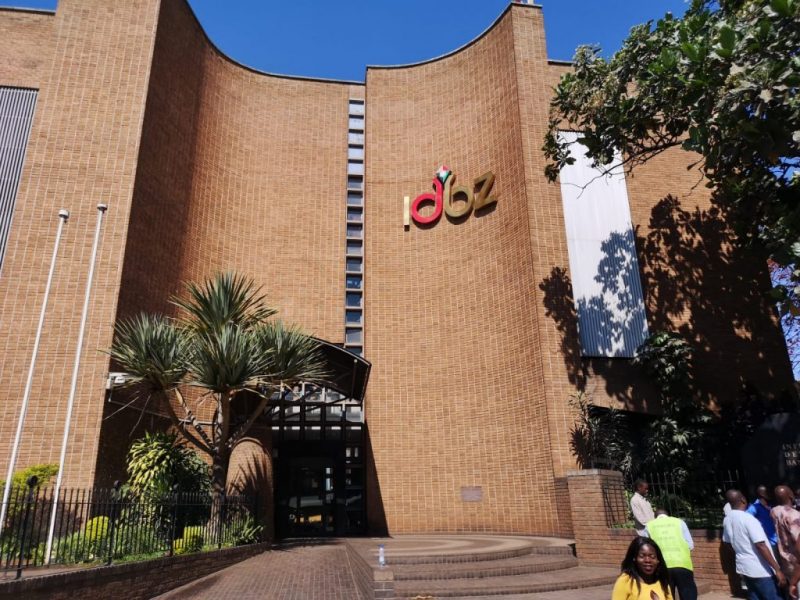Zim on track to achieve upper-middle-income status by 2030
Finance, Economic Development and Investment Promotion Minister, Professor Mthuli Ncube, has expressed confidence that Zimbabwe is on track to achieve upper-middle-income status by 2030, driven by policy interventions under the National Development Strategy 1 (NDS1). However, opinions on this assertion are mixed.
At a recent lecture at the Zimbabwe National Defence College, Mthuli said so far during the period of NDS1 (2021-2025), the economy has been growing at an average of 6.5 percent; hence, it will be able to meet an annual growth rate of 5.5 percent quite easily.
“That is our target for us to reach middle-income status by the year 2030. Of course, we have five more years to go and under NDS2 (2026-2030), but we are again determined that we will be able to meet that average rate of growth,” he said.
He said the economy’s growth rate in the last three years to the end of 2023, has been largely a result of macro-economic stability.
“In 2021, we achieved an 8,5 percent growth, 6,5 percent in 2022, and 5,5 percent in 2023. In 2024, we have a different outcome; we are expecting a dip in economic performance of 2 percent, largely due to the drought that negatively impacted the agricultural sector,” he said.
Economists believe the path to 2030 will be shaped by the government’s ability to create an open, secure, and inclusive economic environment. Dr. Prosper Chitambara, an economist, told Business Weekly that there are still a lot of challenges that must be addressed and the economy needs to be growing at a much higher rate of 10 percent.
When you look at our growth performance, we have not been performing very well; we need to be growing at a much faster pace than we are currently growing at.
“Our performance over the last 10 years, our economy has grown by an average of about 2.5 percent per annum, and in my view that is very low,” he said.He added: “We need to be achieving at least 10 percent if we are to be on course to achieving the vision of being an upper-middle-income economy by 2030. So, our growth rate is not fast enough, and it has not created adequate employment opportunities for people that require work.”
Dr. Chitambara said the NDS1 period so far has failed to have a significant impact on poverty reduction and income inequality reduction.
“This is something that we need to address, but if we say the economy is growing fast, it means we are not creating enough opportunities for people; also, we are not expanding the wealth of the economy, the productive capacity, and the base of the economy fast enough,” he said.
Vision 2030 seeks to fundamentally transform Zimbabwe to an upper middle-income economy with a per capita gross national income of over US$4,000 in real terms by 2030.
The government’s five-year economic blueprint, National Development Strategy 1 (NDS1), which ends in 2025 and targets an economic growth rate of five percent per annum to catapult the country into an upper middle-income economy by 2030.According to Mthuli, the country is now at US$2 265 per capita and going along the way to the target of US$4 000 by 2030. “With the current economic growth, we can achieve that,” he said.
Analyst, Kuda Mundowozi, said while proponents argue that the government’s efforts in fiscal consolidation, infrastructure development and economic reforms are laying a solid foundation for growth, critics highlight ongoing challenges such as high inflation, political instability, and limited foreign investment, which may hinder progress.
He noted that NDS1 aims to achieve accelerated, high, inclusive and sustainable economic growth by 2025, and other key objectives include economic stability, infrastructure development, and improvements in social services.
“Efforts to stabilise the macroeconomic environment have seen some success, but challenges remain. Significant investments in infrastructure are underway, though progress varies across sectors. Improvements in health and education services are part of the strategy, with mixed results so far,” he said.
Mundowozi said comparative examples from other countries provide valuable insights, indicating that South Korea transitioned from a low-income to a high-income country by focusing on industrialisation, education and technology adoption.
“Zimbabwe can adopt similar policies by investing in education and technology to drive economic growth.
“ Malaysia implemented the Integrated Results Based Management (IRBM) system to improve public sector performance and accountability. Zimbabwe can enhance its public sector efficiency by adopting IRBM, ensuring better implementation of development strategies,” he said.
Mundowozi said legislation can also play a crucial role in stimulating economic growth through enacting laws that provide tax incentives for businesses investing in local production, and technology can stimulate economic growth.
“Simplifying business registration processes and reducing bureaucratic hurdles can attract more foreign and local investments. By learning from these examples and implementing robust strategies, Zimbabwe can better navigate its economic challenges and work towards achieving its development goals,” he said.
Investment analyst, Enock Rukarwa, said from a government perspective, the middle-income status is still achievable, however, views from the people on the ground might be different.
“Henceforth what is integral in these key performance indicators around middle income status is to align with expectations of people on the ground so that priorities are synchronised for a wholesale economic development,” he said.
American think tank, Atlantic Council, in a report on how Zimbabwe can achieve its vision, said that by prioritising reforms, Zimbabwe can not only meet its Vision 2030 goals but also position itself as a leading example of sustainable and inclusive development in Africa.
“The comparison with regional peers like South Africa and Mozambique underscores the urgency for Zimbabwe to create a more conducive environment for foreign investors,” reads part of the report.
The report noted that despite Zimbabwe’s rich natural resources, skilled labour force, and strategic location, the country’s FDI inflows remain below their potential.
However, Minister Mthuli said the 2025 national budget will focus on building resilience in order to deepen economic structural transformation as well as consolidate gains achieved under NDS1.
With the economy now expected to record a two percent growth from the initial forecast of 3.5 percent, the Treasury is expecting a rebound next year at 6 percent on account of agricultural sector recovery.-ebsinesweekl










